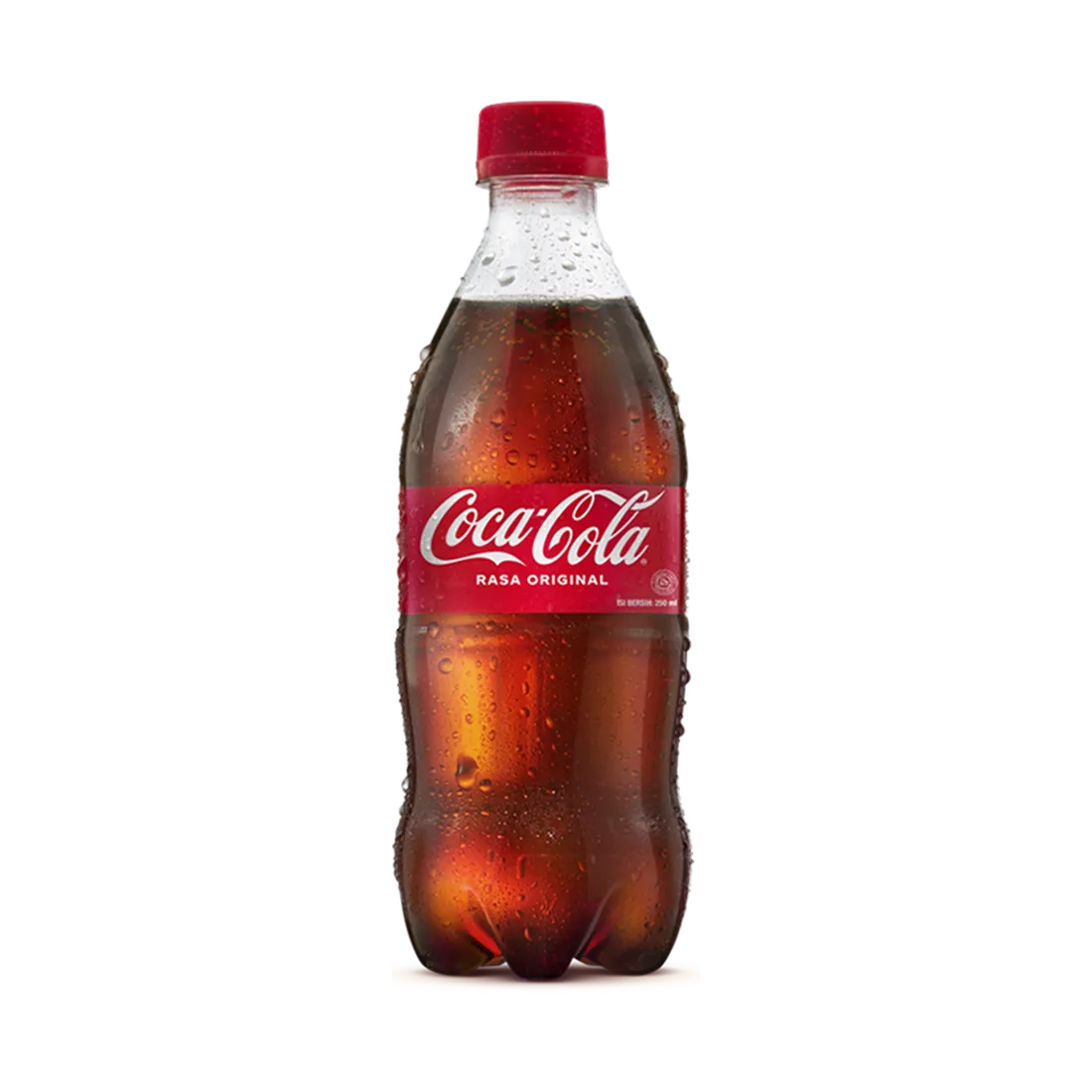
Today, expressive typography has become a vital skill for designers, marketers, and brand creators who want their messages to truly connect with audiences. Unlike standard type, it turns simple words into striking visual statements that capture mood, style, and personality.
Understanding this form of typography is essential because it enables designers to communicate more than just words, conveys emotion, grabs attention, and reinforces brand identity. That’s why this article will cover its definition, characteristics, examples, and practical tips to help you create impactful designs.
Key takeaways:
According to Vadiraj and Birua (2024), the expressive typography words are defined as design techniques that use text and letterforms as part of the visual composition to convey a specific mood, feeling, or message. Furthermore, Shilpa V & Abhishek Birua (2024) highlight that it also reflects the designer’s style and visual character, helping to establish the creator’s brand and identity.
Also Read: Typography Art: Definition, Concept, Benefit, and Examples
Before diving into examples, it’s important to understand the key traits that make expressive typography unique. Here are some characteristics of it.
To better understand it, here are some examples from famous brands that may inspire you.

The RTS Cambridge Convention 2023, designed by Studio Kiln with the theme “Too Much To Watch,” uses oversized, balloon-like letterforms, vibrant colors, and dynamic layouts to symbolize the crowded and overwhelming media landscape.
Bright, high-contrast colors and playful layouts amplify the sense of energy and urgency, while the dynamic arrangement of text across screens, print, and spatial graphics transforms typography into the central storytelling element.
Also Read: 15 Best Professional Fonts for Your Web Design

Nike’s campaign typography transforms simple words into bold visual statements through oversized sans-serif lettering, dynamic layouts, and high-contrast colors that embody the energy of sport.
The iconic “Just Do It” often dominates the space, serving not only as text but as a powerful symbol of confidence and motivation. It inspires athletes to push beyond their limits, making this typographic style a key part of Nike’s brand identity.

The New York Times Magazine cover for “She Said”, created by Jessica Walsh, proves how a single letter can shift meaning. The bold red “S”, in “She Said,” evokes urgency and emotion, contrasting sharply with the rest of the clean, formal typography. It highlights women’s voices and representation.
Moreover, the restrained color palette and clean layout emphasize the power of the text alone, showing how typography can move beyond function to embody mood, emotion, and journalistic identity.
Also Read: 10 Best Fonts for Books You’ll Ever Need & How to Choose

Coca-Cola’s signature script font evokes a sense of joy and can even trigger a craving. Script typefaces that resemble handwriting convey elegance and a personal touch while also highlighting a brand’s creative personality.
Additionally, the use of red in logos (common in the food and beverage industry) subtly taps into our natural feelings of hunger and excitement. This helps make the typography more emotionally impactful and appealing.

Spotify’s annual Wrapped campaign showcases vibrant and playful typography, featuring warped, stretched, and angled text to reflect the dynamic world of music. Moreover, the word WRAPPED, set in bold all-caps using a heavy sans-serif font, delivers a powerful and energetic visual punch that instantly draws attention.
Here are tips to create successful express typography that you can apply.
Also Read: Top 17 Sans Serif Fonts of the Years – Modern and Professional Designs
Expressive typography gives personality and emotion to your visuals. The right font can amplify creativity, mood, and artistic impact. Here are 5 curated fonts from Lettermine Studio to elevate your design.
1. Sunny Mood
3. Nouttera
4. Estimatetic
5. Domea Scrawl
Expressive type is a powerful design tool that communicates emotion, personality, and brand identity. By understanding it, especially through examples from well-known brands and practical tips on how to create it, you can craft text that not only delivers a message but also visually resonates with your audience.
For more inspiration, try experimenting with all of the expressive fonts by Lettermine Studio above. Those fonts don’t just make your designs look better but also bring more creativity, style, and personality to your typography.
You can start using any of these fonts for just $18. With that price, you get a license for 5 commercial projects, unlimited personal projects, and unlimited social media use. To order, visit Lettermine Studio!